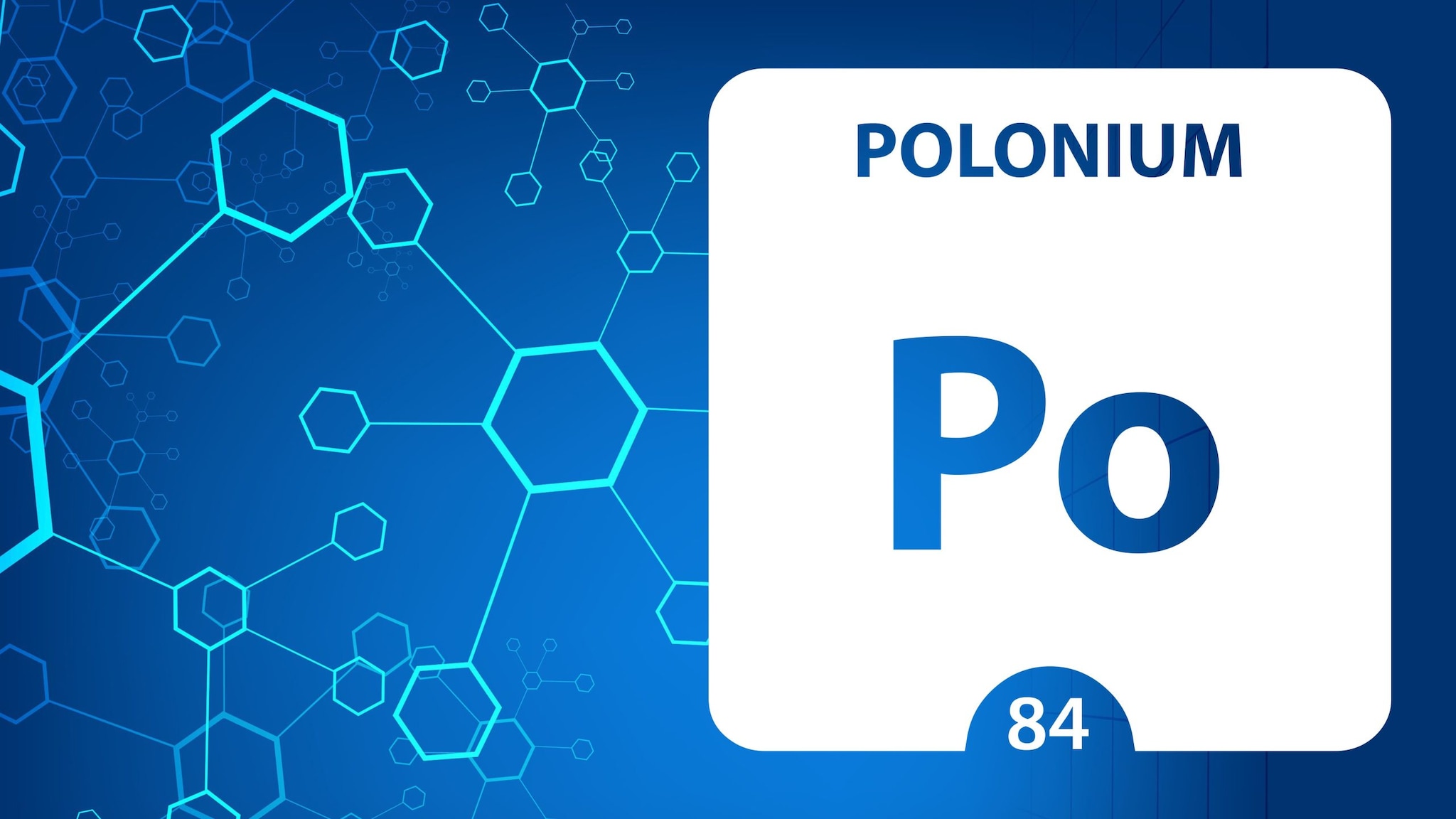What to know
Polonium-210 (Po-210) is a radioactive material that occurs naturally in the earth's crust at very low levels. Po-210 is a product of the radioactive decay of uranium-238, which decays to radon-222 and then to polonium. Po 210 has a half-life of 138 days.

Common Questions
Polonium-210 is naturally present in soil at very low concentrations that are not harmful to humans or animals. Because it is a product of the decay of radon gas, as well as the production of phosphorus, it can be emitted into the atmosphere in very small quantities. Although uptake by plants is usually small, Po-210 can be deposited on broad-leaved plants. Po-210 can be concentrated in the human body if those plants are eaten or smoked (such as tobacco).
The Po-210 in groundwater comes from the radioactive decay of U-238 and radon occurring in the geological structure surrounding underground aquifers.
Po-210 emits alpha particles, which carry high amounts of energy that can damage or destroy genetic material in cells inside the body. Po-210 is a radiation hazard only if it is taken into the body through breathing or eating or by entering a wound. Breathing or eating large quantities in a fairly short period of time can cause radiation exposure of internal organs. This can result in serious medical symptoms or death. Much of Po-210 is passed through feces, although the remaining amounts that enter the bloodstream can concentrate in organs such as the spleen, kidneys, and liver.
If the exposure is significant but not extremely high, and if it occurs over a period of time, there is a long-term risk of cancer. Exposure through inhaling Po-210, such as in cigarette smoking, can increase risk of lung cancer.
Po-210 is not a hazard to the outside of the body—neither polonium nor its radiation will go through unbroken skin or membranes. Careful washing will remove most external traces of Po-210.
Contact your state health department if you have specific concerns about your health related to Po-210 exposure. They can provide additional information on assessing your Po-210 exposure or contamination.
Some laboratories in the United States can conduct Po-210 testing on urine, and your state health department can help you assess whether that is appropriate for you.
